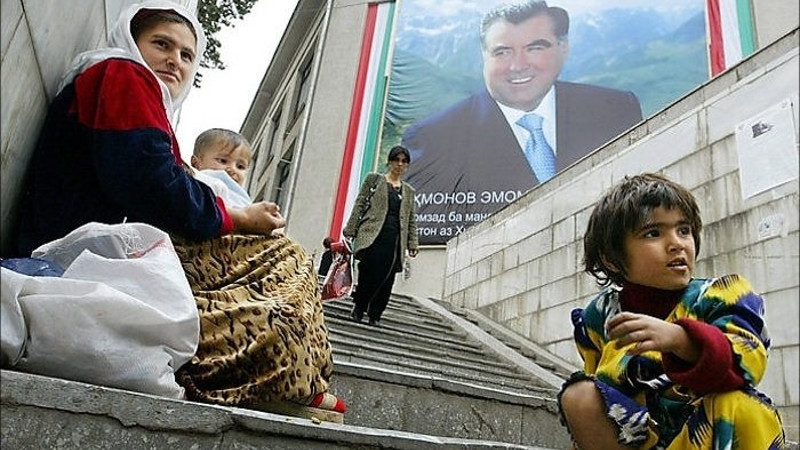
AKIPRESS.COM - According to the World Bank's new report, the poverty rates in Tajikistan continued to fall, from 31.3% in 2015 to 30.3% in 2016, despite a continuous reduction in remittances during the same period. The official poverty rate fell from 31.3 percent in 2015 to 30.3 percent in 2016, while extreme poverty fell from 15.1 percent to 14 percent during the same period.
Strong economic growth and rising wage income remain the primary drivers of poverty reduction in Tajikistan.
Affected by ongoing challenges in the financial sector, private investments shrunk by nearly 17% during the first nine months of the year, while public investments from domestic sources jumped by more than 33% during the same period.
During the first half of 2017, foreign direct investment (FDI) inflows to Tajikistan have declined considerably, totaling 1.9% of GDP, compared to 6.3% in the same period last year.
Despite considerable capital injection (6.1% of GDP) by the end of 2016, Tajikistan’s top two banks remained operationally insolvent by mid-2017 and in breach of prudential norms mandated by regulations. Although the system-wide capital adequacy ratio improved from 15.1% in December 2016 to 19.4% in June 2017, non-performing loans remained more than 50% on average and even higher in distressed banks. Other indicators of financial soundness, such as liquidity and exposure to foreign exchange risk, also showed a deteriorating trend.
Tajikistan’s economy is projected to slow down, decreasing from its historically high levels. The growth rate is expected to decelerate to between 5.2% and 5.5% per year over the medium-term. In line with recovering remittances, private consumption is expected to continue its positive contribution, but is unlikely to boost growth significantly because of the uncertain prospects of the Russian economy.
The Tajik authorities may consider embarking on bolder and stronger reform efforts to create a level playing field for the private sector, which may become the main driver of growth, sustain the currently high growth performance, and increase the country’s growth potential to rates envisaged by the National Development Strategy.
The modest performance expected of the regional economies, along with a drop in commodity prices, may have a negative impact on remittances and export proceeds. Proper governance in the financial sector, in state-owned-enterprises, and in business-related parts of public administration, remain challenging.
At the same time, the limited fiscal space caused by the deteriorated debt burden, and low domestic and external buffers, lead to increased vulnerability in Tajikistan to potential shocks. Any lower-than-expected recovery in regional economies, a toughening of migrant regulations by Russia, and/or delays in the expansion of the Targeted Social Assistance program, could hamper expected poverty reduction.
